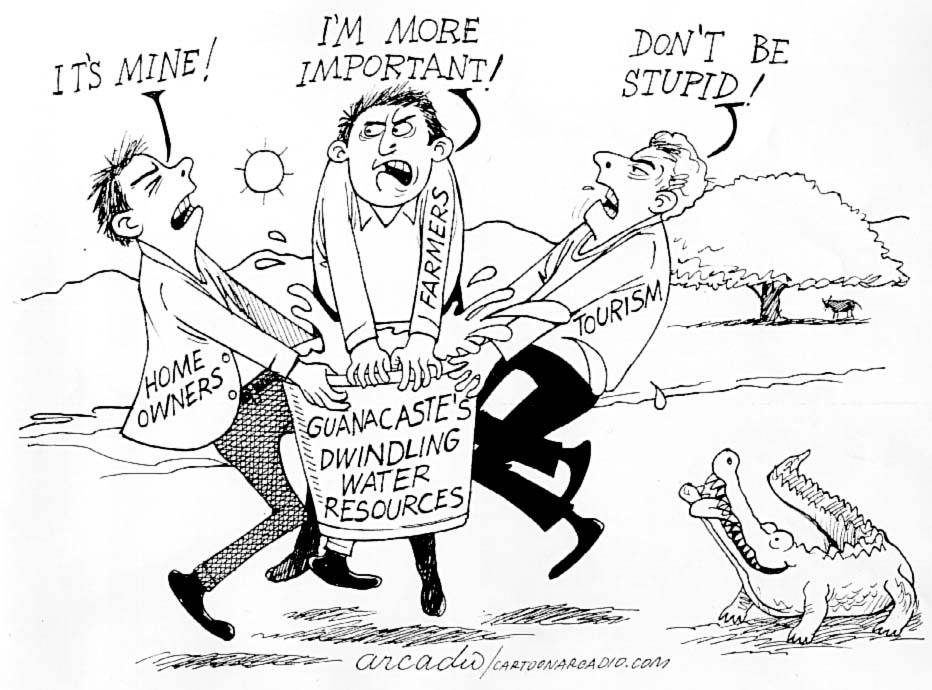By Stephanie Williamson, ENCA Newsletter No.54, November 2011
The southern zone of Jiquilisco Bay has become the country’s priority concern for human health and environmental protection due to critical levels of contamination in the watercourses and saltwater mangrove swamps. A year ago health authorities were alerted to very high incidence of kidney disease, following a survey conducted by Cuban renal experts. The survey found that 11 out of every 100 inhabitants in the Jiquilisco and Bajo Lempa areas suffer chronic renal health problems and that the incidence is particularly high among men. This compares with an incidence rate of 2 per 100 in other countries. There are suspicions that the problem may be related to contamination of water sources, including wells, by insecticides and herbicides used in cotton production decades ago. The Mayor of Jiquilisco has called for the government to declare the zone a state of emergency so that all relevant government agencies prioritise efforts to address the health problems.
The Salvadoran Waterworks Board and the Ministry of Environment are working together to provide clean drinking water as a first step. Locals are demanding a water treatment plant to be set up as they fear that many of the artisanal wells used by rural communities may be contaminated.
The Jiquilisco Bay is one of the jewels of El Salvador’s ecological crown, providing home to over 1,500 species of animals and plants, and serving as an important wetlands for migratory birds. The Bay and its 18,000 hectares of mangroves, the most extensive in all Central America’s Pacific coast, have been declared an international RAMSAR site and Biosphere Reserve. José Acosta from the Salvadoran Centre for Appropriate Technology believes the Bay area deserves permanent special attention and should become a fully protected ecological reserve.
An independent Salvadoran research unit has now detected residues of 10 prohibited pesticides in water samples and evidence that empty pesticide drums are being used to store water for drinking purposes for humans and cattle. The expanding sugarcane cultivation is being blamed for a current wave of pesticide contamination, with run-off draining into the mangrove forests. Ecosystem degradation, along with deforestation by the large-scale shrimp farming industry, has led to an 80 per cent reduction in mangroves in recent years.
So far in 2011 the authorities have distributed 4,000 household water filter units and have submitted for presidential approval plans for a larger programme for drinking water supply. The government awaits news of a US$5 million World Bank project to restore ecological health in Jiquilisco and support employment and local fishing livelihoods.
Sources:
‘El Salvador: Bahía de Jiquilisco con residuos de plaguicidas’, La Prensa Gráfica, 7th October 2010.
‘ANDA en busca de solución de corto plazo’, La Prensa Gráfica, 7th March 2011.
‘Pobladores y autoridades preocupados por casos de deficiencia renal en Jiquilisco’, La Pagina.com 8th August 2011.

 In 2007, the Chairman and CEO of the Coca-Cola Company, E. Neville Isdell, pledged “to return the water we use in our beverages and their production; to achieve balance in communities and in nature with the water we use.”[1] The company expressed a wish to recycle water, reduce water use and replenish water in communities. As a result, Coca-Cola has invested in over 100 Community Watershed Partnership projects in 49 countries, including El Salvador.[2]
In 2007, the Chairman and CEO of the Coca-Cola Company, E. Neville Isdell, pledged “to return the water we use in our beverages and their production; to achieve balance in communities and in nature with the water we use.”[1] The company expressed a wish to recycle water, reduce water use and replenish water in communities. As a result, Coca-Cola has invested in over 100 Community Watershed Partnership projects in 49 countries, including El Salvador.[2]